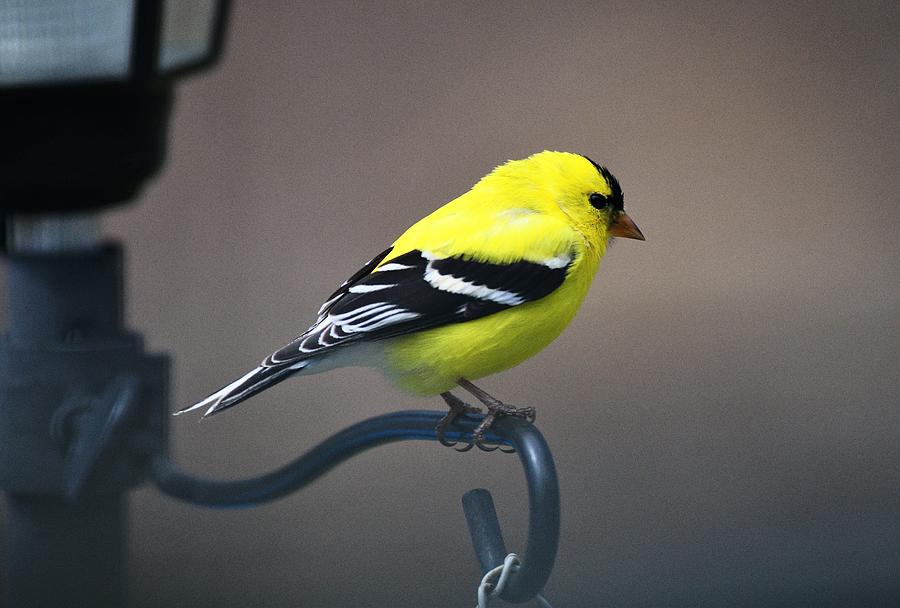
Male and female goldfinches appear quite different during breeding season, when males molt into bright yellow body feathers with black wings and black cap (similar to a Wilson’s warbler) and an orange bill.

See this study: Damaging effect of inbreeding in birds vastly underestimated. Like yellow warblers, goldfinches are vibrant yellow birdsat least during spring and summer. Finches are very vulnerable to declining fertility/viability when closely bred, even when this inbreeding is quite minor.

It's unclear whether this is a true lethal factor, or whether it might be the result of slight inbreeding of yellow birds. The males are easily recognizable with a black vertical stripe from the front of their heads to their chins. Using the term Pastel helps to avoid this confusion.Ī genetic lethal factor appears to exist that causes the death of a significant proportion of embryos from pairings of DF Pastel cocks with SF Pastel hens. Lawrence’s Goldfinches are small, nomadic songbirds. This can cause confusion when swapping notes with international finch enthusiasts. Watch out - North American breeders often refer to SF Pastel Green cocks as Dilute, because it's a natural description for a bird with this appearance - and because the Australian recessive Dilute (see below) does not exist in North America. Shop Perky-Pet Finch Yellow Metal Hanging Squirrel-resistant Tube Bird Feeder in the Bird Feeders department at. Pastel Green babies fledge light Olive green ( SF males) or White-yellow ( DF males and SF females).Īlthough the recessive Dilute mutation (see below) is phenotypically (visually) similar to a SF Pastel Green cock, it is genetically unrelated. Possibly an autosomal recessive PARblue (a partial blue), or it may be acquired (an unusual response to environmental conditions). This could be caused by inbreeding by breeders trying to produce more of these valuable birds, or by cabinet-breeding (a low-stimulation environment in which birds fail to learn basic skills), or it might be a facet of the mutation itself.īlue mutation Gouldians are not recommended for beginner finch keepers. Some also observe that Blue Gouldians may display cognitive deficits in the form of reduced adaptability and survival behaviour. Hence the very high price of this mutation - most die young, making them rare. The experience of most Australian breeders is that Blue-backed Gouldians are likely to die in outdoor aviaries and babies rarely make it beyond a few weeks, unless they are kept warm and their enclosure is regularly fogged with a sterilising agent or the birds are medicated. It is vigorously debated whether most or all Blue Gouldians have an immune system fault that means they can only be kept alive in unusually clean, climate-controlled environments. In the east birds often feed on the high-carotenoid fruits of ornamental plants.Some claim that split Blues (birds that carry one copy of the recessive Blue gene but do not display it) can sometimes be identified by those with good colour vision, usually women, by a subtle blue/dull wash through the green feathers.

Yellow House Finches are frequently seen in the southwest and Hawaii where natural foods are low in some of these carotenoids. Beta-carotene produces yellow to orange colors, isocryptoxanthin produces orange colors, and echinenone produces red colors. In the wild, three carotenoid pigments found in natural foods give House Finches their color. House Finch with normal, diet-related color variation by Errol Taskin, Shreveport, Louisiana Researchers who kept House Finches in captivity found that the red plumage was replaced by yellow plumage unless a carotenoid pigment was mixed in with their food during molt.

However, House Finch coloration varies widely, and research has shown than most of the variation is diet-related rather than a pigment abnormality.Īll male House Finches have the same potential for yellow, orange, or red coloration. Yellow House Finches House Finch with normal, diet-related color variation by David Smith, Grand Junction, ColoradoįeederWatchers often report seeing strangely colored House Finches that they believe have xanthrochroism.


 0 kommentar(er)
0 kommentar(er)
